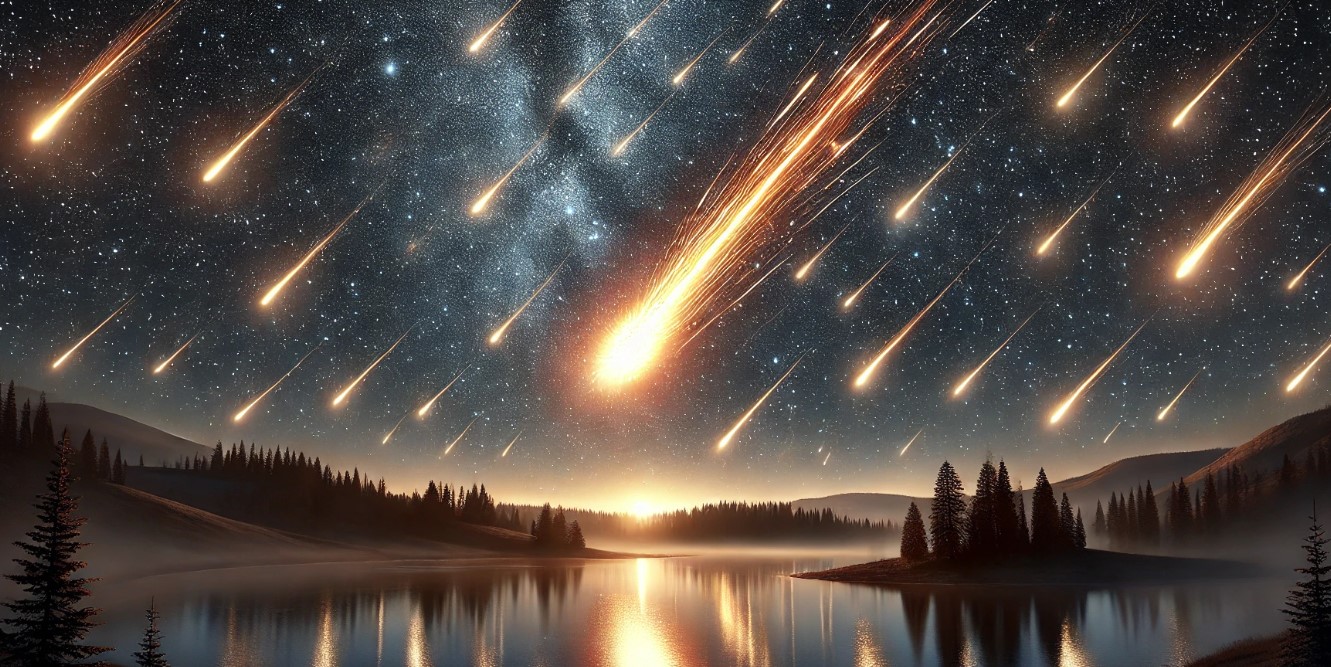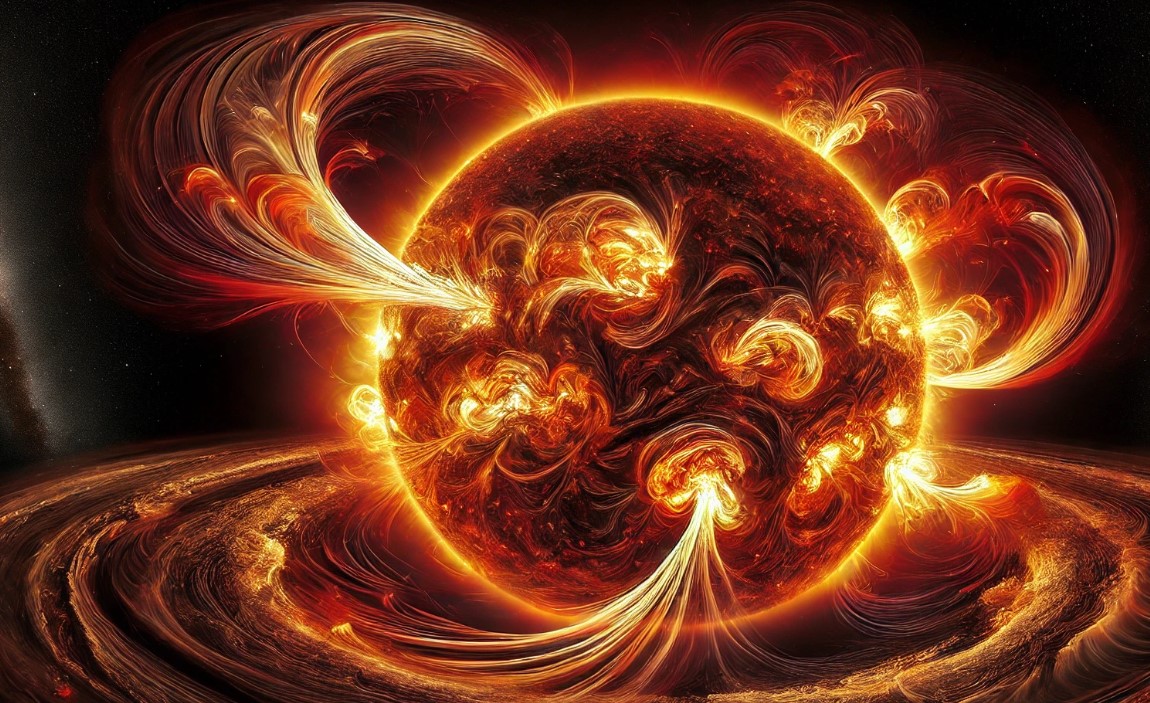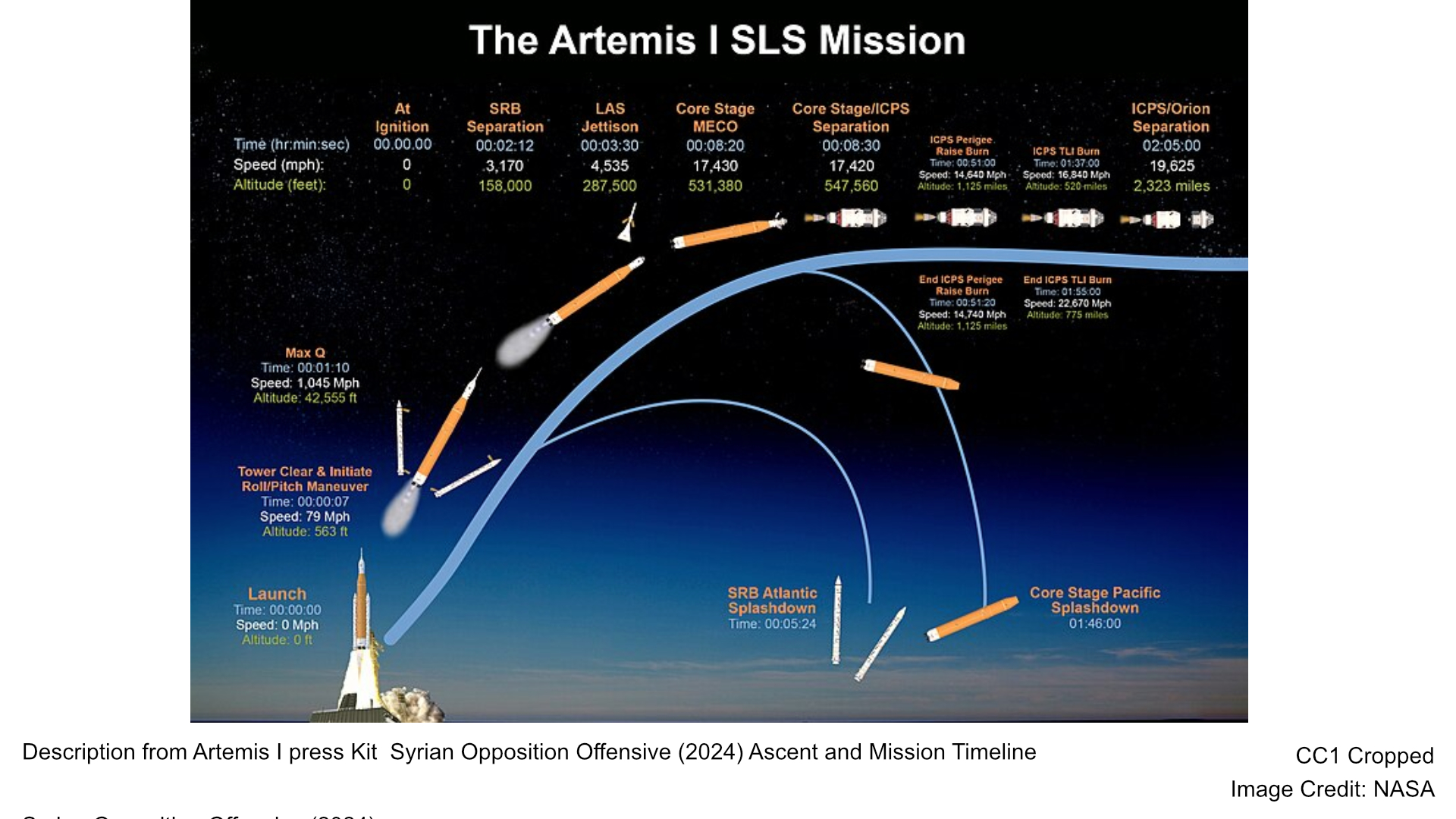The Quadrantids are unique for their bright, sometimes colorful, fireball meteors. During the peak, the crescent moon will have set, ensuring the meteors aren’t overshadowed by moonlight. To view the Quadrantids, find a location away from city lights with a clear sky. No special equipment is needed—meteors can be seen with the naked eye.
- Bright Fireballs: The Quadrantids are known for colorful meteors, with around 120 meteors per hour visible under ideal conditions.
- Short Peak Window: The meteor shower peaks for only about six hours, making timing critical for optimal viewing.
- Historic Origins: Named after the defunct constellation Quadrans Muralis, the Quadrantids are a remnant of celestial history.
- Next Event: After the Quadrantids, the Lyrids in April will be the next major meteor shower to watch.
At its peak, observers could witness around 120 meteors per hour under optimal conditions. Unlike most meteor showers, which last two days, the Quadrantids peak for only about six hours due to the thinness of their debris cloud. This makes timing crucial for those hoping to see the shower at its best.
Meteor showers occur when Earth passes through streams of debris from comets or asteroids. The Quadrantids are named after the now-obsolete constellation Quadrans Muralis. This constellation, once located near the Big Dipper, was not recognized in the modern list of constellations, but the meteor shower retained its name.
After the Quadrantids, the Lyrids will be the next major meteor shower, occurring in April. Until then, the Quadrantids offer a spectacular start to the year’s celestial events.





